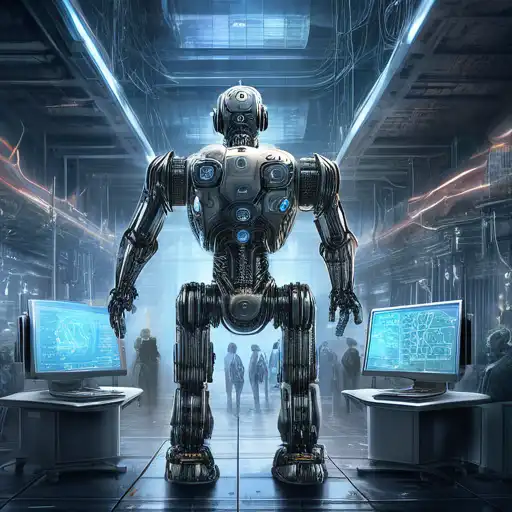Introduction to AI and Machine Learning
In the rapidly evolving world of technology, Artificial Intelligence (AI) and Machine Learning (ML) stand out as two of the most groundbreaking developments. While often used interchangeably, these terms represent distinct concepts with unique applications and implications. This article delves into a comparative study of AI and ML, shedding light on their differences, similarities, and how they are shaping the future.
Understanding Artificial Intelligence
AI is a broad field of computer science focused on creating systems capable of performing tasks that typically require human intelligence. These tasks include problem-solving, understanding natural language, recognizing patterns, and making decisions. AI can be categorized into two types: Narrow AI, designed for specific tasks, and General AI, which possesses the ability to understand, learn, and apply knowledge in various contexts.
Understanding Machine Learning
Machine Learning, a subset of AI, involves the development of algorithms that allow computers to learn from and make predictions or decisions based on data. Unlike traditional programming, where humans explicitly code the behavior, ML systems improve their performance as they are exposed to more data over time. ML is further divided into supervised learning, unsupervised learning, and reinforcement learning.
Key Differences Between AI and Machine Learning
- Scope: AI encompasses a wider range of technologies and applications, while ML is specifically focused on data-driven learning.
- Functionality: AI aims to simulate human intelligence across a broad spectrum of activities, whereas ML focuses on enabling machines to learn from data.
- Dependency: ML is dependent on data to learn and make decisions, but AI can operate without data, relying instead on predefined rules and logic.
How AI and Machine Learning Work Together
Despite their differences, AI and ML complement each other in many ways. ML algorithms are often the driving force behind AI systems, enabling them to learn from data and improve over time. For example, AI-powered virtual assistants use ML to understand and respond to user queries more effectively.
The Future of AI and Machine Learning
The integration of AI and ML is set to revolutionize industries, from healthcare to finance, by enabling more personalized, efficient, and intelligent systems. As these technologies continue to evolve, their potential to transform our world is limitless. Staying informed about the latest trends in AI and ML is crucial for anyone looking to leverage these technologies in their field.
Conclusion
AI and Machine Learning are two sides of the same coin, each with its unique strengths and applications. By understanding their differences and how they interact, we can better appreciate their potential to drive innovation and improve our lives. Whether you're a tech enthusiast or a professional in the field, keeping up with these advancements is key to navigating the future of technology.
